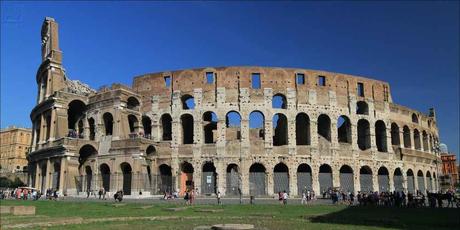
Rome boasts some of history’s most impressive ancient engineering triumphs, being the curators of many constructions that are still in use today throughout the modern world. The technologically advanced minds that belonged to Ancient Roman civil engineers revolutionised ancient tools to create mega-structures and weapons. These inventions ultimately aided in the strengthening and continuation of their mighty Empire for hundreds of years.
Aqueducts
The imposing Aqueducts of Rome still stands as one of the city’s greatest constructional achievements that can be viewed worldwide today. Aqueducts are a series of tunnels and pipelines whose sole purpose was to allow water to travel along canals to keep hydrated the citizens of Rome. In the year 312 BCE, the first Roman Aqueduct aptly named ‘Aqua Appia’ after the Emperor at the time was established. By the end of the third century, the city had received a complex water system that transported water into the city’s houses, fountains and public baths.
Roman Concrete
Perhaps the most familiar of Roman engineering accomplishments is the creation of Roman concrete. Known as one of the world’s most durable building material, you may be interested to note that some of Rome’s most iconic structures such as the Pantheon and St. Peter’s Basilica were built using this element. The usage of volcanic ash allowed for tough concrete that could even withstand being used in underwater construction. Whilst our modern recreation of concrete will eventually decay over time, Roman concrete has withheld the test of centuries. The famed dome of the Pantheon is featured as being the oldest unreinforced dome in the world.
Roads
It is the Ancient Romans who are to thank for the development of roads. Initially expanded upon from the ancient civilization of Mesopotamia, the engineers of Ancient Rome upgraded the notion of roads so they could transport armies and trade goods more easily. It was these roads that marked the expansion of the Roman Empire which spanned over 350,000 kilometers. The famous ‘Appian Way’ served as a major supply route for its armies and resulted in a quicker arrival time for soldiers on foot. The phrase “All roads lead to Rome” may be more truth than fiction as the expansive roadwork featured an impressive bronze gateway that marked the entry points into the city of Rome.
Check out our Rome Day Tour with Colosseum & Vatican tour today!
Advertisements
